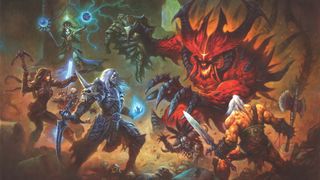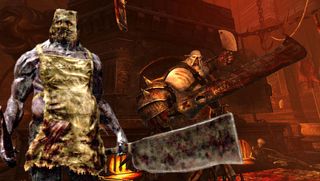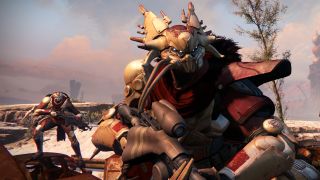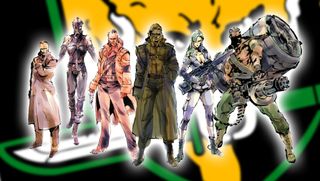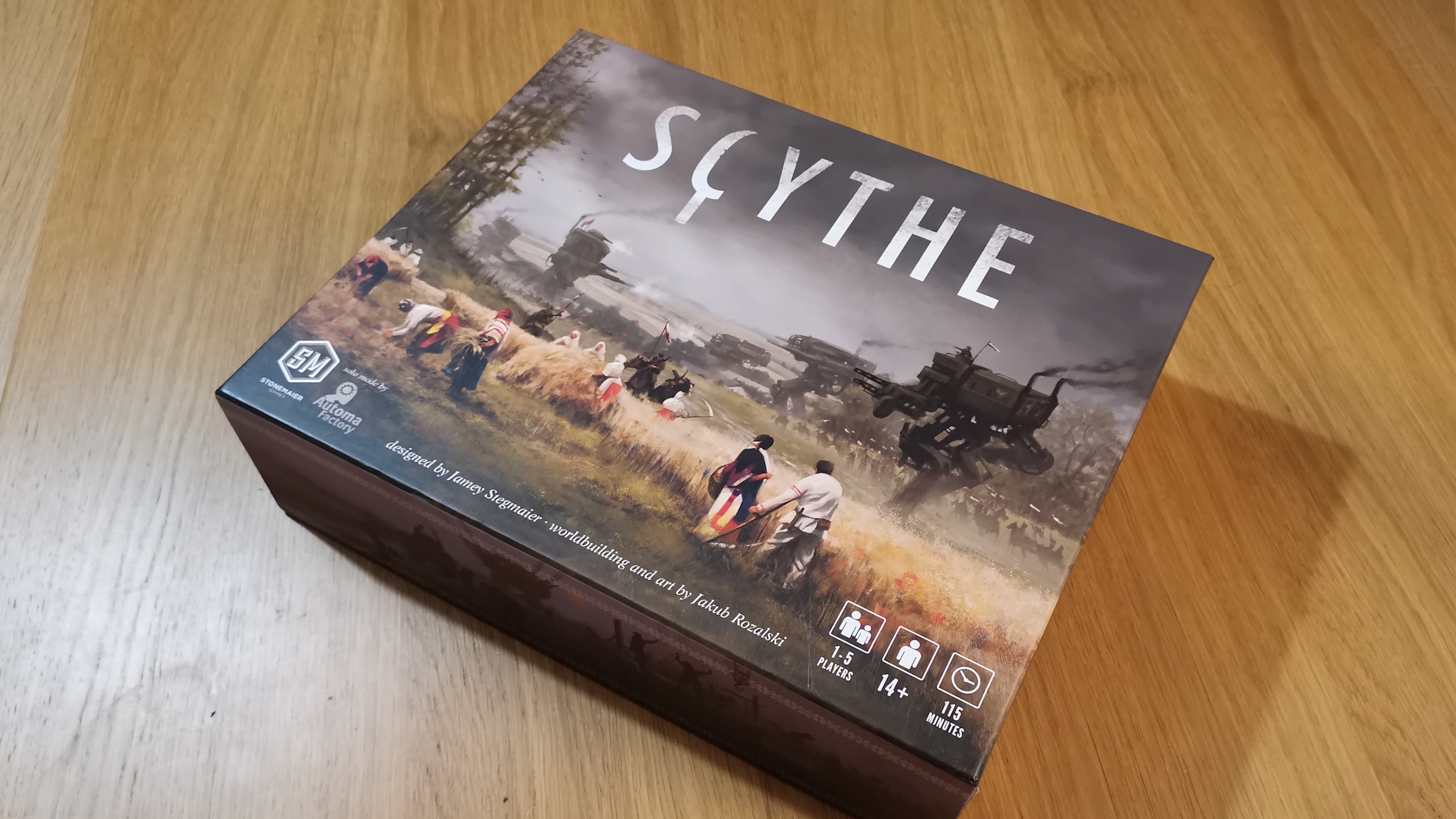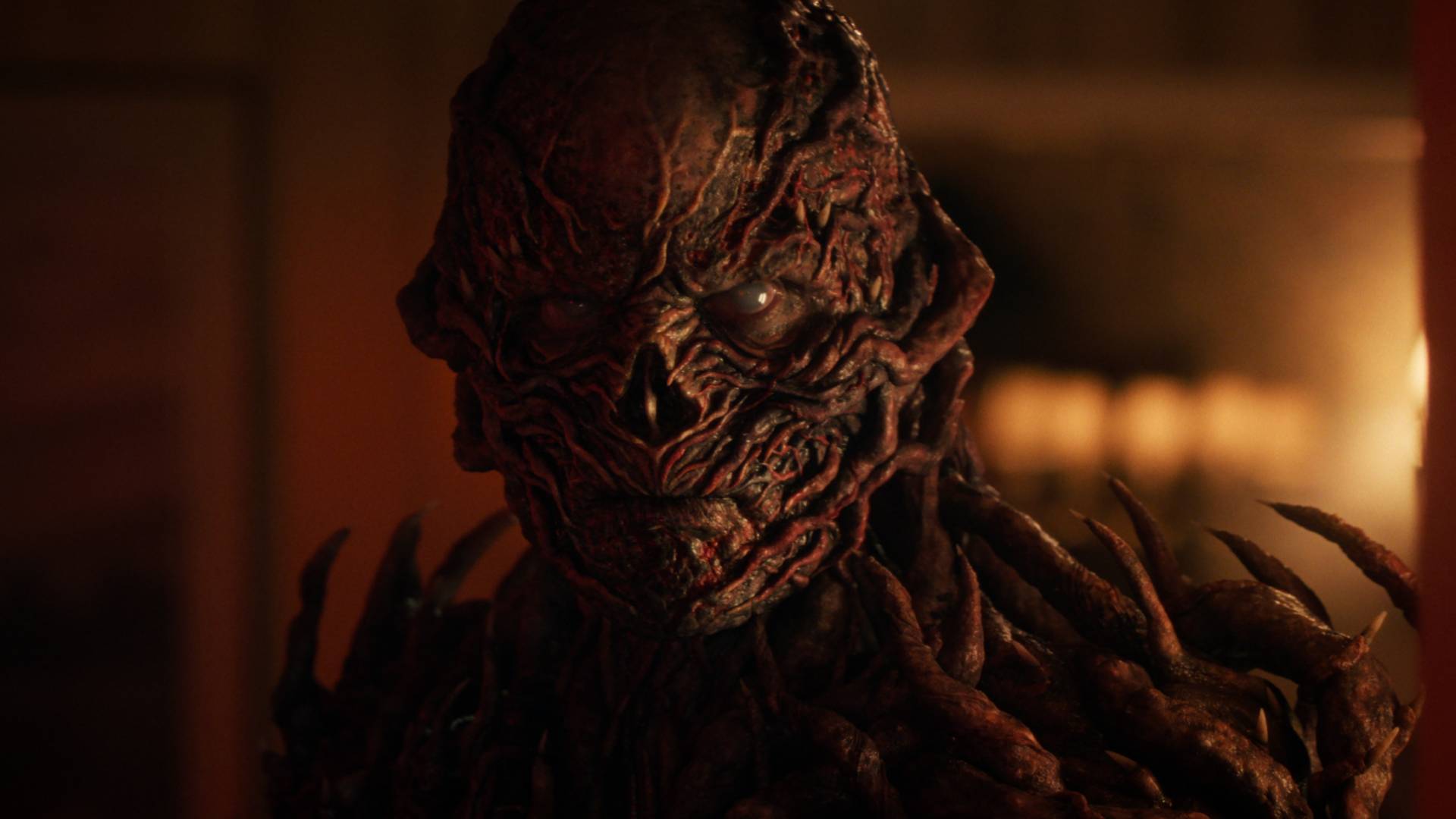Diablo III
Latest about Diablo III
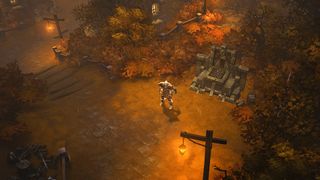
Former Diablo 3 dev regrets pushing back against more complex skill system that "would have been probably better than what we have today" for ARPG veterans
By Catherine Lewis published
News The team decided against making the skill system too complex

Diablo 3 Season 27 release time - Light’s Calling starts soon
By Iain Harris published
News Light’s calling to the faraway towns

Games like Anthem can't afford to fail, so developers are learning the art of the comeback
By Alex Avard published
Feature Anthem joins a growing trend of video game redemption stories, but are they a healthy norm for the industry?

Diablo 4 is expected to be announced at BlizzCon 2019, alongside a remaster of Diablo 2
By Alex Avard published
News You are not prepared

Leaked PS4 image suggests October's free PS Plus games will have you kissing your social life goodbye
By Alex Avard published
News We really hope this leak for October's free PS Plus games turns out to be true
Sign up to the GamesRadar+ Newsletter
Weekly digests, tales from the communities you love, and more
